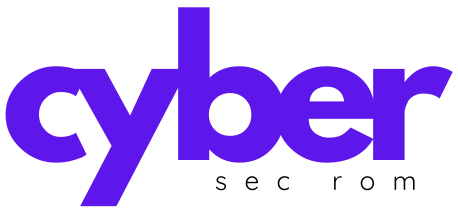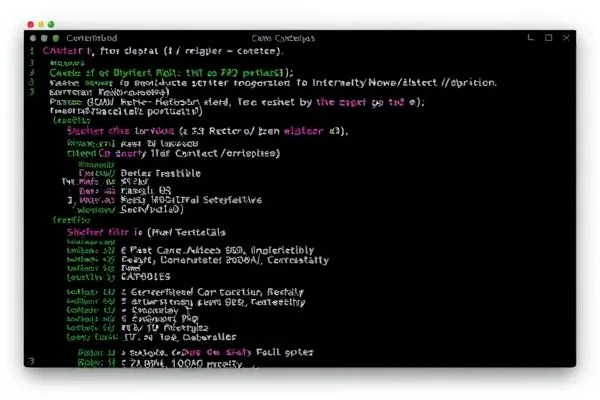Steganography serves as a sophisticated technique for concealing malicious payloads within seemingly benign files, posing a significant challenge to cybersecurity. By embedding harmful code in innocent-looking images, attackers can evade detection from conventional security measures. This article will delve into the mechanics of steganography, using the notorious XWorm as a case study to illustrate the methodology and implications of such cyber threats.
Key Takeaways:
- Steganography disguises harmful code in harmless files, making detection challenging.
- XWorm is a prime example of utilizing steganography to compromise systems stealthily.
- Proactive monitoring and advanced analysis tools are essential in combating steganography-based attacks.
Understanding Steganography
Steganography refers to the practice of concealing data within a non-suspicious medium, such as images, audio files, or videos. Unlike encryption, which makes data unreadable, steganography disguises malicious code within innocuous files. This obfuscation allows adversaries to bypass traditional security systems, as these systems typically focus on identifying explicit threats, such as executable files.
Key motives driving the use of steganography in cybercrime include:
- Evasion of Security Tools: Hidden code embedded in images often bypasses antivirus and firewall defenses.
- Non-Suspicious File Presence: Attackers can exploit legitimate-looking files without raising alarm.
- Low Detection Rates: Traditional security measures rarely scrutinize image files for potential malware.
- Stealthy Payload Delivery: Malware remains dormant until actively extracted and executed.
- Email Filter Bypass: Malicious images often slip through standard phishing detections.
Case Study: The XWorm Malware Campaign
The XWorm campaign illustrates the effective use of steganography in a multi-stage malware infection process. The attack typically initiates with a phishing PDF that entices users to download a seemingly benign .REG file, which alters system settings to establish persistent access.
From there, the processes unfold as follows:
- Phishing PDF Attack: A deceptive document contains a link prompting users to download a hostile .REG file.
- Registry Modification: This file modifies the Windows Registry to add a hidden script, ensuring reactivation upon system reboot.
- PowerShell Execution: Once rebooted, a PowerShell script activates, retrieving a masked image file instead of a conventional executable.
- Steganography in Action: The image file conceals a harmful DLL, evading security checks entirely.
- XWorm Deployment: Finally, the extracted DLL executes, providing the attacker with substantial control over the infected system.
This sophisticated method results in remote access for attackers, enabling a range of malicious activities, such as data extraction, command execution, and deploying additional malware.
Conclusion
Steganography presents a formidable challenge in the domain of cybersecurity, as seen in the XWorm case study. With traditional security tools often ineffective against hidden malware, organizations must adopt proactive measures. Utilizing advanced analysis tools and maintaining vigilant monitoring practices is crucial in safeguarding against these covert cyber threats.









